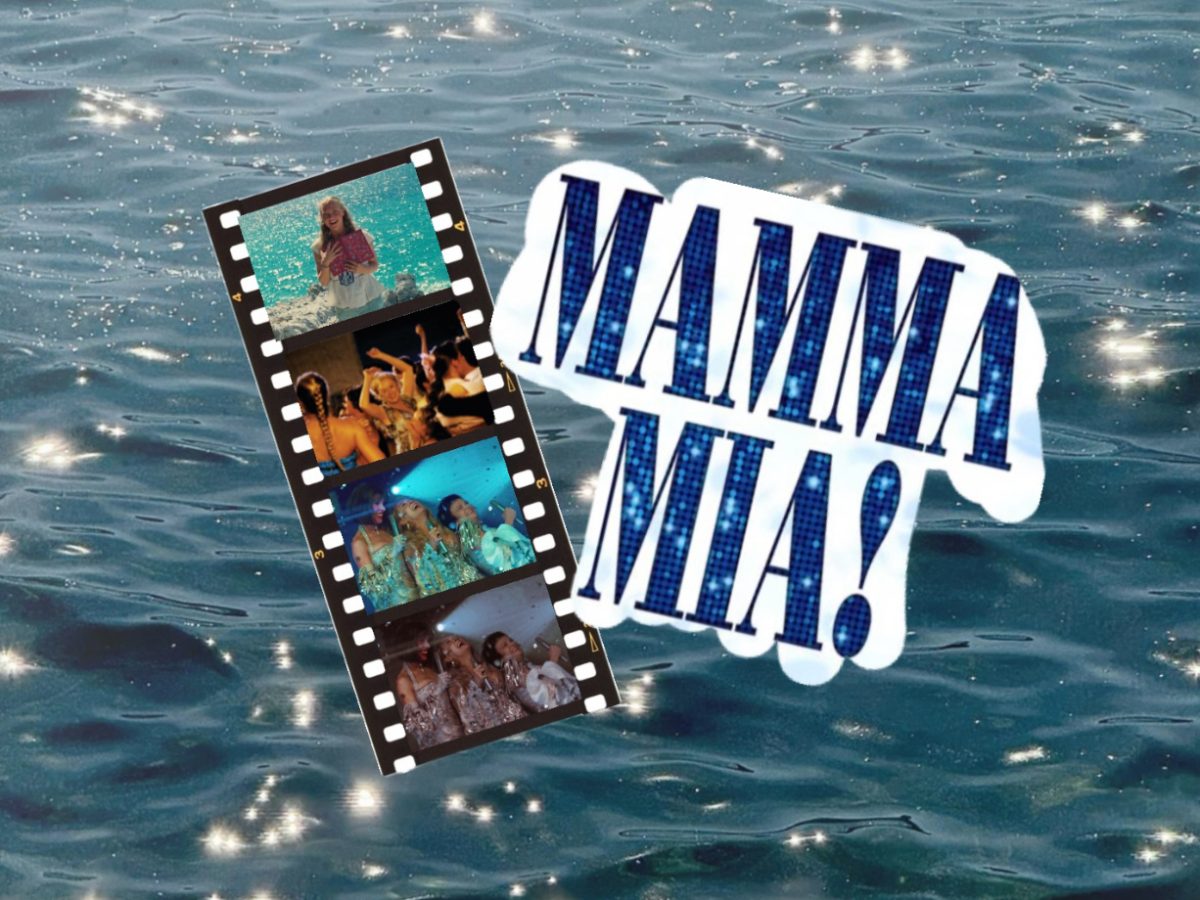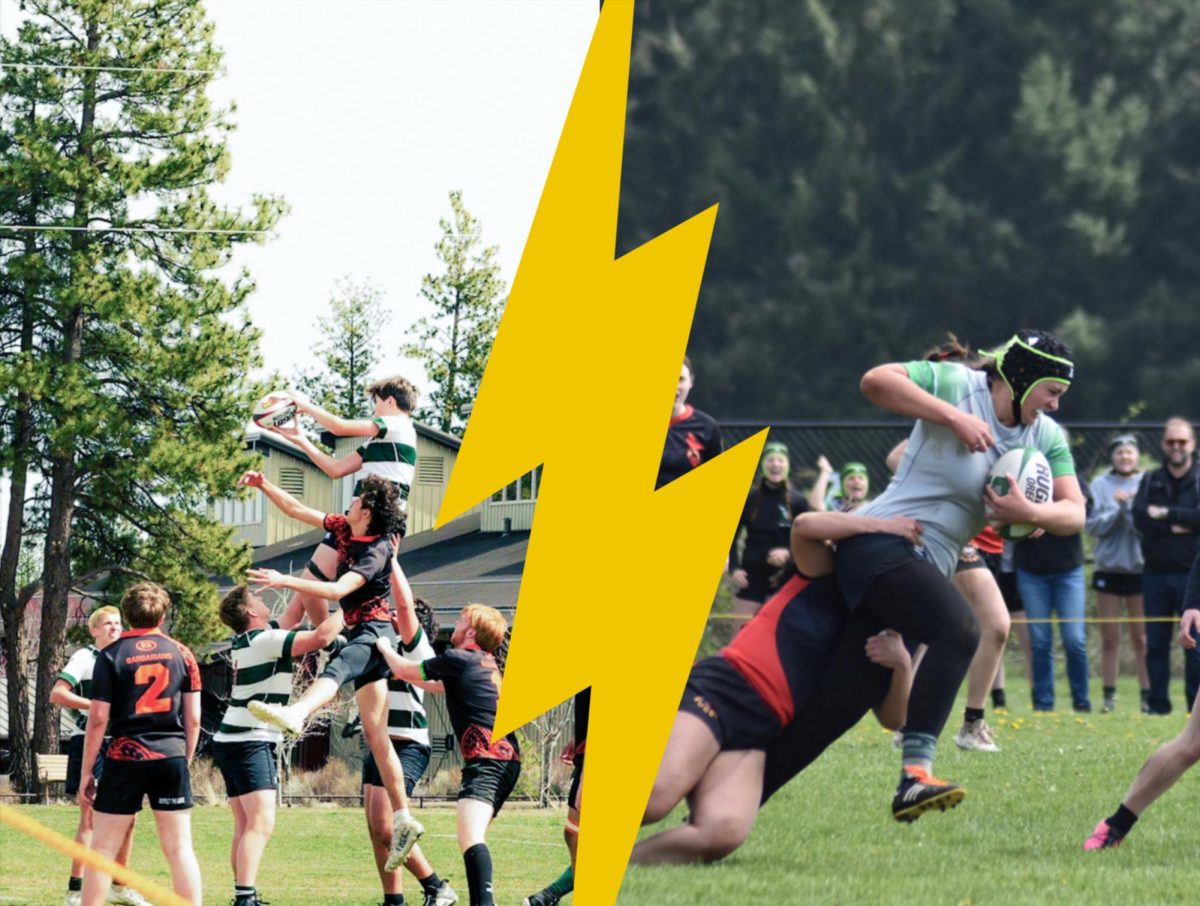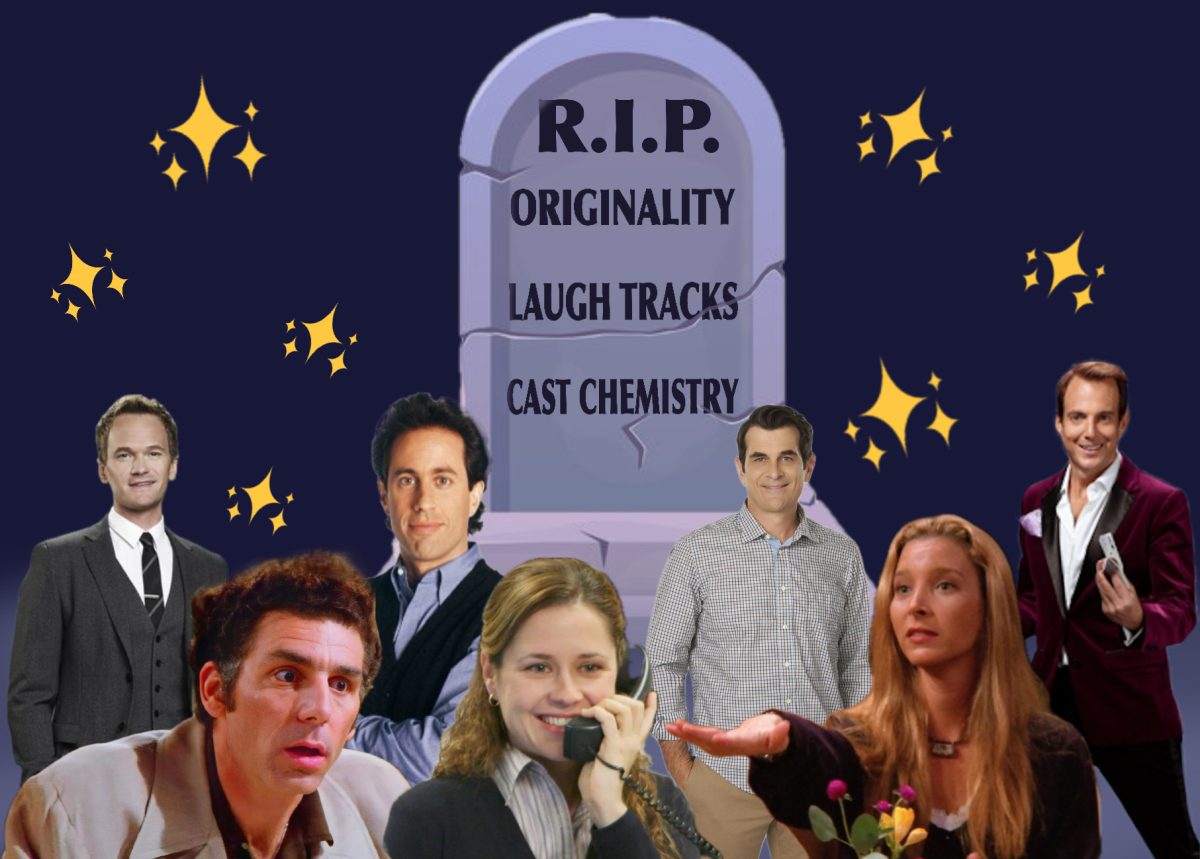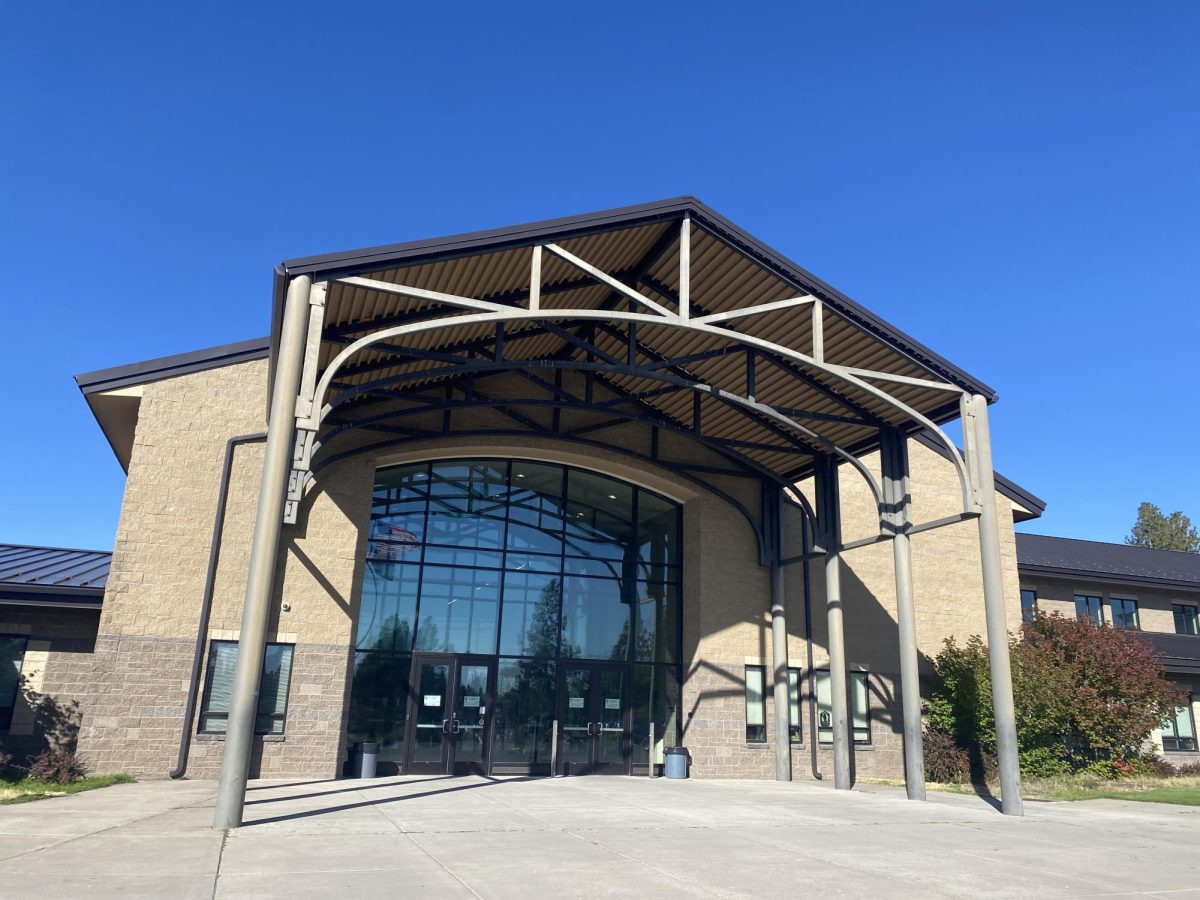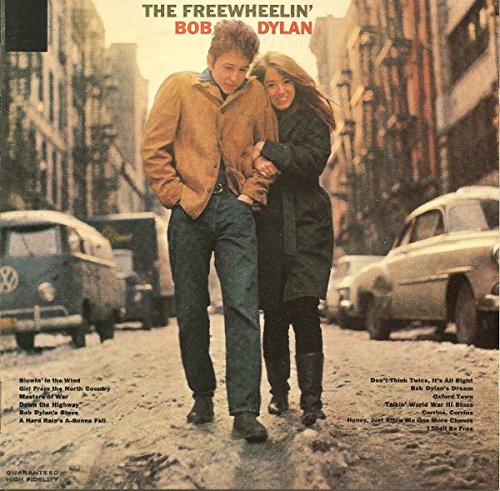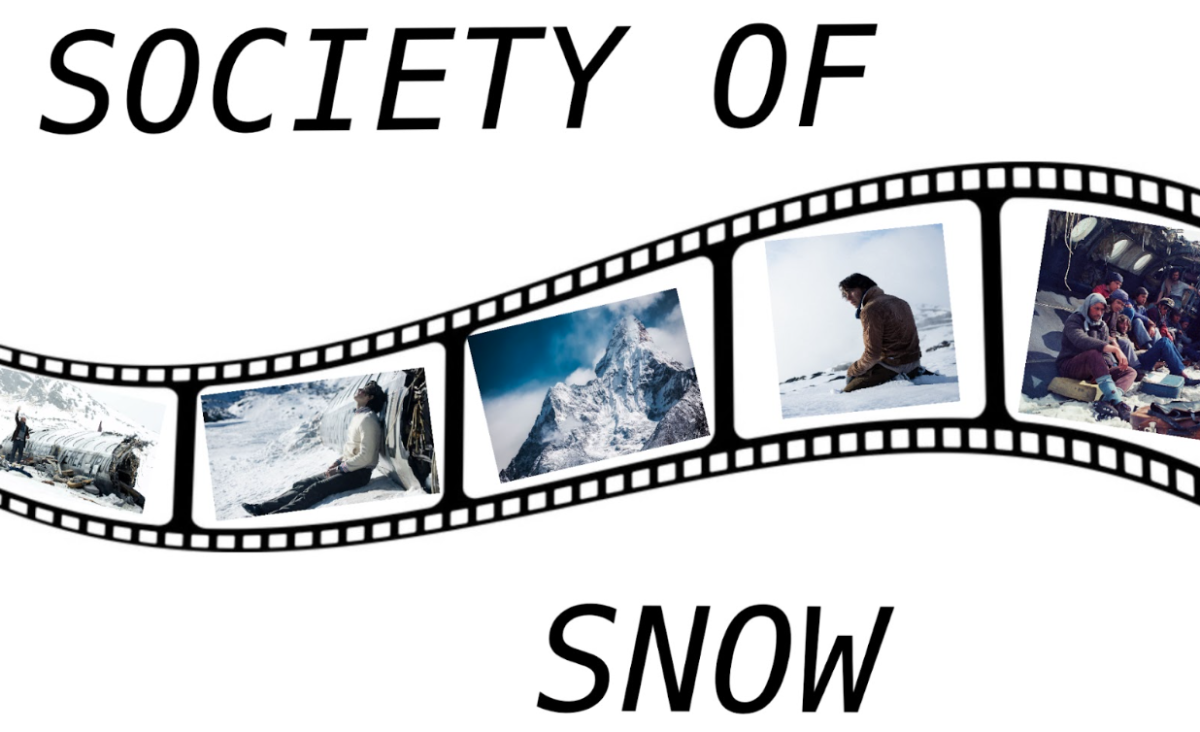Remaining survivors of a Uruguayan flight huddle together against the frigid cold, high in the Ande Mountains, in a pitiful shell of a plane, the dead bodies of their friends lay scattered outside. Their voices, loud and clear, echo across the valley, awakening an avalanche. Snow crashes down from pointed peaks, covering the plane in an inescapable blanket.
After being trapped for four days, one of the survivors, Numa, in a desperate attempt to escape, begins to dig. Frostbitten and starving, he crawls through a narrow, makeshift tunnel, using a pole from the debris of the plane to poke through the layered snow. In a moment of pure happiness and triumph, Numa catches a small glimpse of the sky and cries down to the others. All of the survivors climb from the buried plane and yell in the excitement of their freedom, “We are alive! We’re still here!”
At this moment of victory, the viewer lets out a sigh of relief and rejoices alongside the survivors as they play lightheartedly with snow, tackling each other in gleeful laughter.
In the days leading up to the avalanche and this moment, the last survivors were battling against their mortality and bodies as they fought together to survive while living off their dead friends. While this devastating plot is developing, the film is simultaneously enveloping the viewer in the story. Society of Snow’s emphasis on the color grading of the shots which revolve in hues of blues and grays, and the close vicinity of the shots to the characters’ frostbitten and exhausted faces lure the viewer into the experience. This allows them to empathize with the survivors as if they were facing an icy doom.
The viewer heartbreakingly witnesses the survivors’ pain and sadness, their small victories and the despair they face as their loved ones die and their bodies slowly decay. Numa, one of the men, narrates these struggles throughout the film; he illustrates his peers and his fight for life with a vulnerable and raw voice that guides the viewer into the realities of the men’s dire situation.
The director and actors’ portrayal of this true story creates powerful emotion, allowing a strong connection between the characters and the viewer. A closeness to the characters allows survival stories to have a touching impact on the viewer as the credits roll and the theater clears out. Much like a long hard backpacking or camping trip, deprived of normal comforts, survival stories give the viewer perspective on their own life and luxuries. Returning home after any rugged outdoor trip makes everyone cherish and appreciate warm food, a bed and friends. Watching people suffer at the hands of nature’s and fate’s cruelty has the same effect.
“In stark contrast to the movie, our own lives are comfortable because there are routines to them, something that we take for granted,” said Tatum Hoffman, a Summit sophomore. “I didn’t understand how much of a luxury a routine is.” Routine is not the only thing this film makes the viewer grateful for.
A key component of the survivors of the plane crash despair is their desperate yearning for their loved ones back home. This feeling engulfs viewers, and once the movie ends, that same feeling magnifies their gratitude to be just one phone call away from their loved ones.
Survival stories, while simplistic in premise and conflict, hold great value when produced like Society of Snow. Production and direction that works through the use of colors, touching shots of characters, and a narrator that connects the gap between the screen and the viewer, have the ability to immerse the viewer into a story and spit them out with wonder and newfound perspective, along with fresh insight into their own lives and appreciation for the comforts they take for granted.





